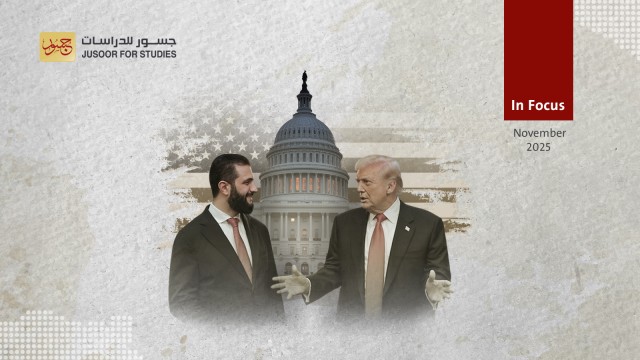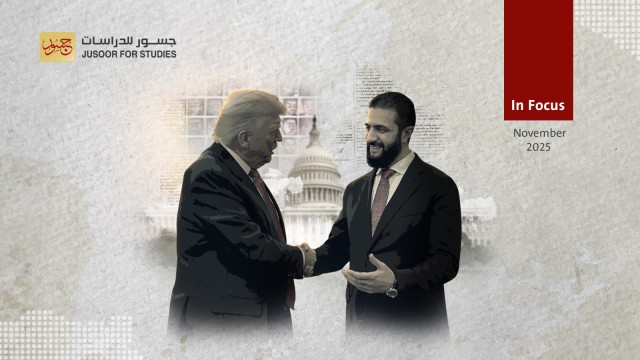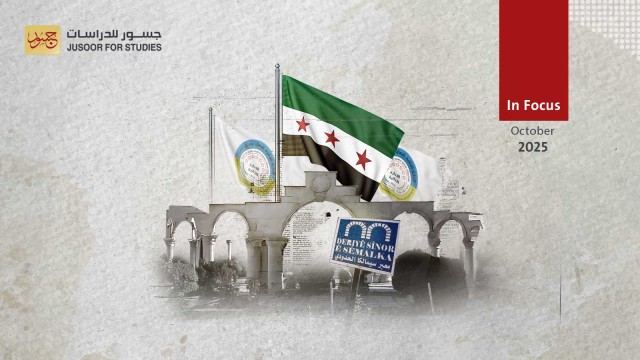Interpreting the Makeup of Syria’s New Government
Syrian President Ahmad al-Sharaa has made no secret of the fact that the country’s new government, unveiled on March 29, is built on the bare minimum of consensus among Syrian political forces. Comprised of technocrats with vital expertise but without specific ideological or partisan leanings, it also sought to include figures from across Syria’s provinces and encompass the full diversity of Syrian society, rejecting a quota system that could have led to a state of total paralysis.
The formation of the government met with positive international responses. Various foreign powers have announced their desire to cooperate with it, request the lifting of sanctions without preconditions, and commence reconstruction activities in Syria. Such statements have emanated from Jordan and key Gulf states, major players in Europe, as well as Türkiye.
The European Union was particularly emphatic on its willingness to cooperate with the new government, stressing the need for all outside actors to fully respect Syria’s unity, sovereignty, and territorial integrity, while condemning any attempts to undermine its stability.
The announcement of the government’s formation fulfilled a pledge the country’s new rulers had made to the Syrian public and the international community to form a new administration by March. This came after it met its own deadlines to hold a National Dialogue Conference and draft a Constitutional Declaration. Damascus is expected to form a new Legislative Council and a Constitution Drafting Committee in the coming weeks and months.
The formation of a government also underlined the failure of the abortive rebellion by remnants of the Assad regime in the coastal region in early March, which had sought to disrupt the political transition. The government managed to put down the rebellion on the ground, and won the support of the international community by forming an independent commission to investigate the episode, as well as creating a committee charged with maintaining civil peace.
The formation of the government also sent the message that pressure exerted by the Autonomous Administration in northeastern Syria, aimed at enshrining sectarian and ethnic quotas in the political identity of the new Syrian state (both through the constitutional declaration and the form of the government) had failed. The Autonomous Administration had attempted to obstruct the implementation of an agreement between President Al-Sharaa and the commander of the Syrian Democratic Forces, Mazloum Abdi, in order to thwart efforts to form a government until its demands were met.
The new administration takes office amid a lack of support by certain constituencies, such as Kurdish political parties and leaders from the Alawite and Druze sects, for a political transition. These factions have tried to condition their support for the new government on having a higher level of participation.
The new authorities have sought to avoid putting in place a quota system, but have adopted a flexible policy that could allow them to expand the government in the future and allow various components to operate key ministries, possibly by separating ministries that had been merged into single entities, as well as absorbing more ministers from those constituencies.
Generally positive reactions from world powers have also conveyed the message that the issue of “representation” in the government is not an end in and of itself, but rather a prerequisite for the government to meet what is required of it.
The U.S. State Department called on the authorities to “fully renounce and suppress terrorism, exclude foreign terrorist fighters from any official roles, prevent Iran and its proxies from exploiting Syrian territory, take meaningful steps to verifiably destroy Assad’s chemical weapons, assist in the recovery of U.S. and other citizens who have been disappeared in Syria, and ensure the security and freedoms of Syria’s religious and ethnic minorities.”
International dealings with the new government should prompt some Syrian factions to reconsider their calculations and how they are approaching the political transition, which could allow them to win greater gains both nationally and internationally.
Ultimately, the formation of the new government has—to some extent—met international demands for competent and experienced personnel, while also meeting local demands for the inclusion of diverse constituencies, along with individuals capable of implementing policies that can pave the way for stability and good governance, while maintaining harmony among members of the government itself.








